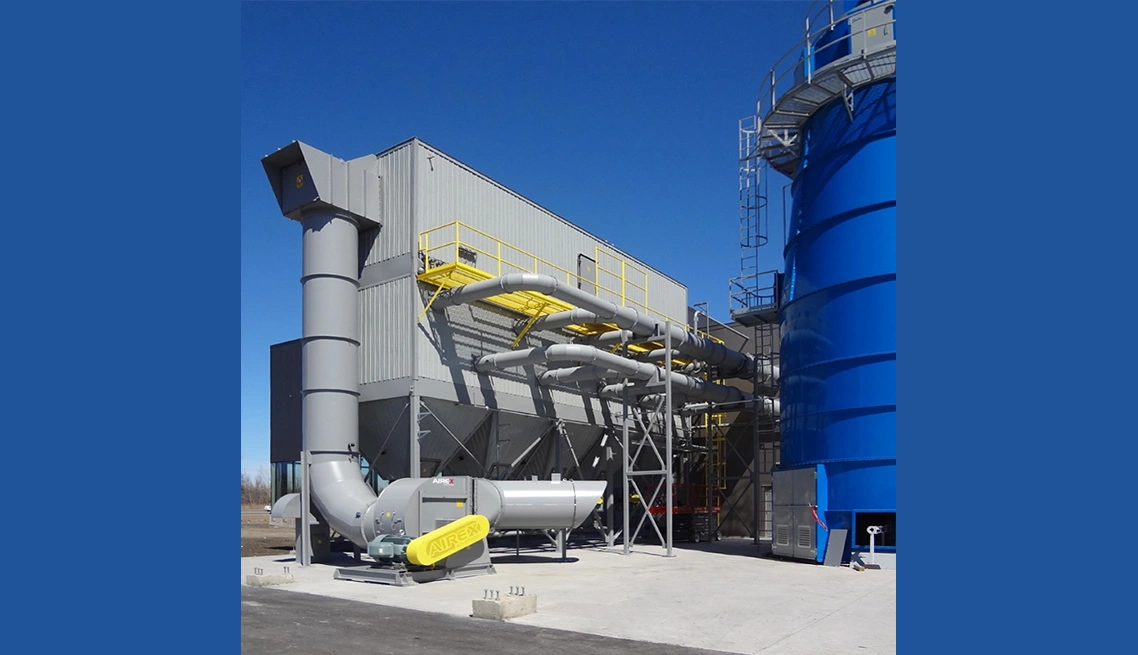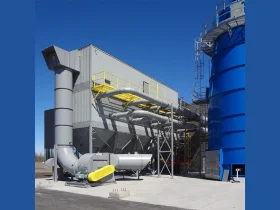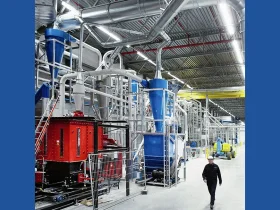PLASTICS AND RESINS
Issues Encountered During Our Interventions
Dust
Particles generated by this application field accumulate quickly and must be addressed efficiently.
Air Change
To ensure ambient air quality standards, multiple air exchanges per hour are required.
Toxic
Exposure to substances released during the processing of a product is harmful to your short and long-term health.
High Energy Consumption
Processes related to this application field consume high amounts of energy.
Explosion Hazard
Dust particulate from some materials may be flammable and/or combustible.
Plastics, Resins And Their Contaminants: What Do You Need To Know?
As you know, handling, conveyor-transporting and manufacturing resins and plastics generates toxic airborne particles. Examine your processes and ask yourself:
- What types of components and dust are involved? The residues of petrochemical compounds, polymers, and other additives (such as plasticizers, stabilizers, and pigments) are risk items. Flame retardants, catalysts and lubricants are included on that list!
- Are there any fire hazards? For some of these materials, just a spark of static electricity is all it takes to cause an explosion.
- Do you have an adequate system to manage odor problems relating to the processing of certain resins and volatile organic compounds (VOC)?
Are You Aware Of The Risks Associated With Your Processes?
Whether you manufacture pipes, cables, containers, fuel tanks or coatings, your processes generate harmful and flammable dust. Did you know that 15 substances used in manufacturing plastics are also carcinogens or mutagens? Breathing these airborne contaminants can be extremely harmful to your workers’ health. The risk factors don’t stop there:
- The abrasiveness of the particles in the ductwork of the dust collection system increases the risk of spontaneous ignition.
- The flow of powdered plastics from storage bins, containers, and pneumatic or mechanical conveyors can raise clouds of contaminants.
- During the resin blend hardening stage, their residues can cause an exothermic reaction in the dust collector, which can lead to a fire or explosion!



